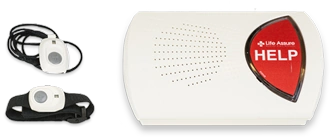Happy Holidays From Life Assure!
Get Free Shipping With Online Orders!

Limited Offer Expires In -405 Days -7 Hours -14 Mins -6 Secs
Happy Holidays From Life Assure!
Get Free Shipping With Online Orders!

Limited Offer Expires In -405 D -7 H -14 M -6 S
Offer Expires in -405 Days -7 Hours -14 Mins -6 Secs
SPECIAL OFFER:FREE SHIPPING
OFFER EXPIRES IN :
PROMO CODE: SPRINGSAVE
21 HOURS 40 MINUTES 54 SECONDS


